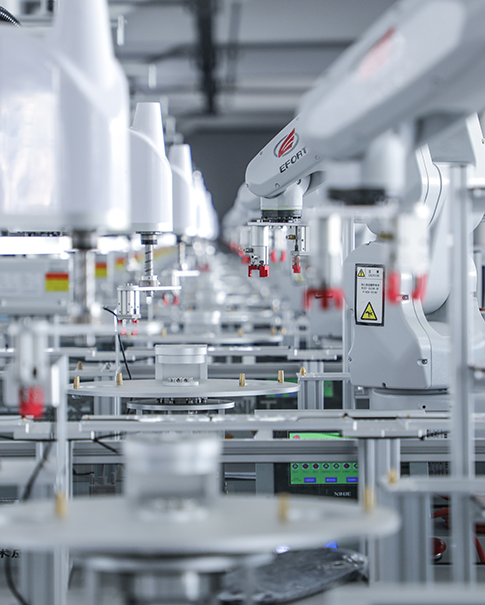In the rapidly evolving landscape of technology, the cloud-native approach has emerged as a game-changer, often conceptualized using the "Pets vs. Cattle" analogy in DevOps. Traditional server systems, likened to pets, are unique and individually cared for, whereas cloud systems resemble cattle—identical, scalable, and easily replaceable. If one system fails, the network remains unaffected, ensuring continuous operation and scalability.
Why the Resistance in Manufacturing?
Despite the clear advantages of cloud computing, the manufacturing industry has been slow to adopt cloud-native systems. This resistance is surprising given that many companies already utilize various cloud-based applications. While sectors like finance and retail have embraced cloud computing, following the lead of giants like Netflix and Spotify, many manufacturers still hesitate. Although 83% of companies have a cloud implementation strategy, they often struggle to see the business value and cost savings of a cloud-native approach. However, forward-thinking businesses like Volkswagen are taking the lead, training specialists for cloud innovation centers.
Understanding Cloud-Native
Cloud-native refers to software and services that operate on the internet rather than a local computer system, enhancing business agility and speed. Unlike cloud-based applications, which are merely transferred from in-house to cloud servers, cloud-native applications are designed to leverage the full potential of cloud infrastructure. This includes easy availability, scalability, and the ability to handle large volumes of data efficiently. Cloud computing has numerous applications in manufacturing, including:
Cloud-Based Marketing: Utilizing data analytics to understand customer behavior and tailor marketing strategies.
Product Development: Collaborating remotely and accessing real-time data to speed up the product development process.
Production and Stock Tracking: Monitoring production lines and inventory levels in real-time for better resource allocation.
Productivity Management: Enhancing operational efficiency through data-driven insights and automation.
The Benefits of Cloud-Native
The cloud-native model offers several benefits that are crucial for businesses in the modern era:
Responsiveness: Quick adaptation to market changes and customer demands.
Innovative Features: Access to the latest technological advancements and features.
Zero Downtime Deployment: Ensuring continuous operation and minimal disruption.
Successful implementations like Netflix, which operates over 600 services with updates around 100 times per day, demonstrate the advantages of cloud-native architecture. Companies like Uber and Spotify also showcase the scalability and selective deployment capabilities of this model.
The Cloud-Native Revolution in Manufacturing
The cloud-native revolution is set to transform the manufacturing industry. The ability to implement changes swiftly, as seen during mass disruptions like the pandemic, is vital for business survival. The cloud-native approach, accessible globally via the internet, is a significant step towards resilience and adaptability. Traditional large on-premise systems have been a limitation for manufacturers. Cloud-native applications enable the use of small, reusable, and independently deployable microservices. This approach also facilitates automation of infrastructure, application delivery, recovery, and scaling, leading to a more resilient and high-performing system. Additionally, it reduces the burden of managing back-end software and infrastructure.
Conclusion
Embracing the cloud-native model is not just a trend but a necessity for the future of manufacturing. As businesses continue to evolve and adapt to new challenges, the cloud-native approach offers a path towards greater efficiency, scalability, and resilience. By transitioning from the traditional "pets" model to the scalable "cattle" model, manufacturers can unlock new potentials, enhance operational capabilities, and stay competitive in the global market. The future of manufacturing lies in the cloud, and the time to embrace this change is now.
 Network Supported
Network Supported